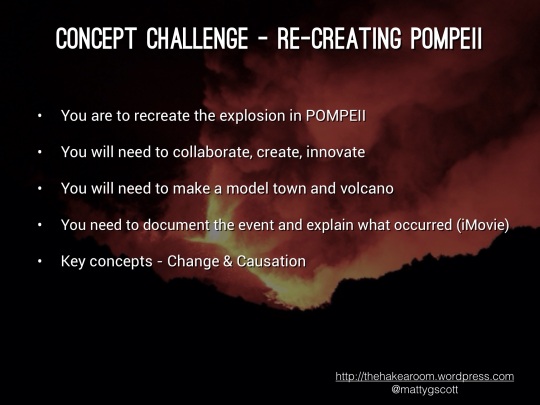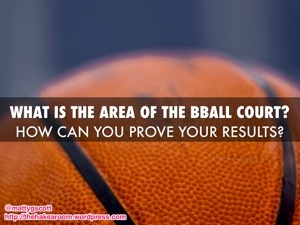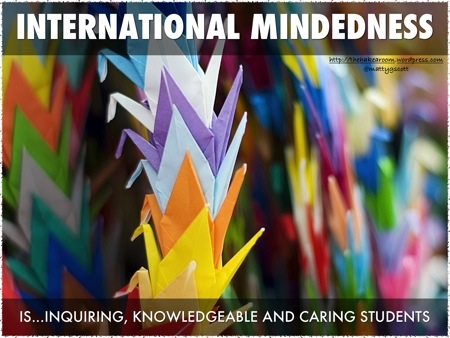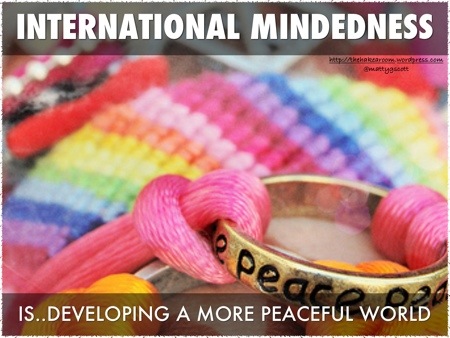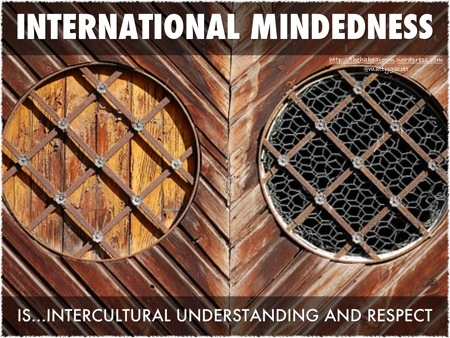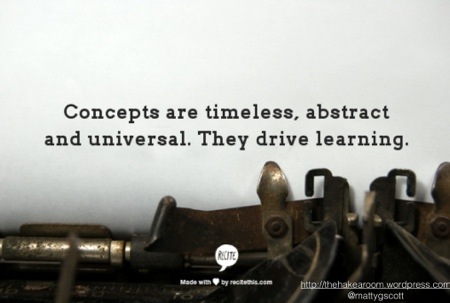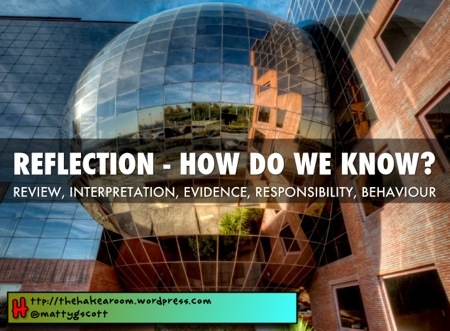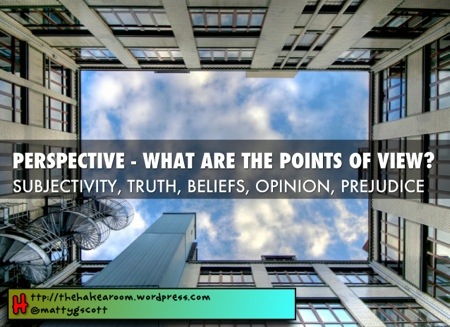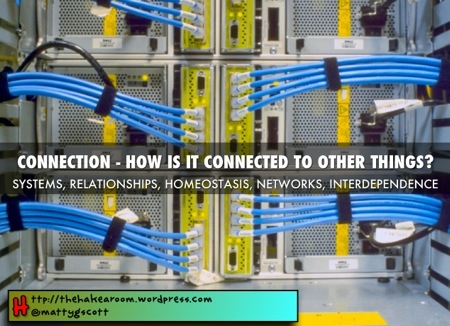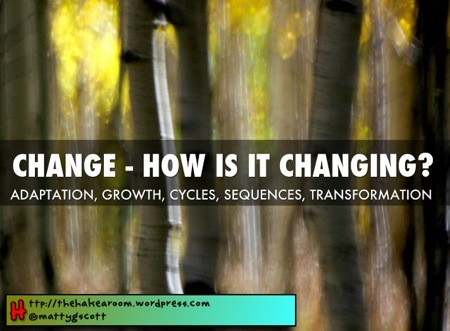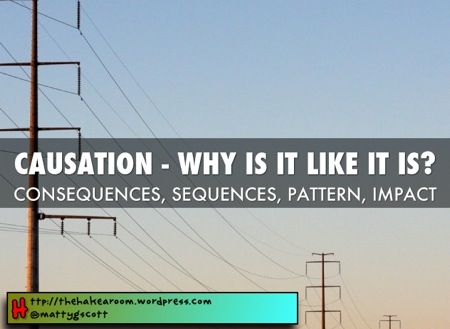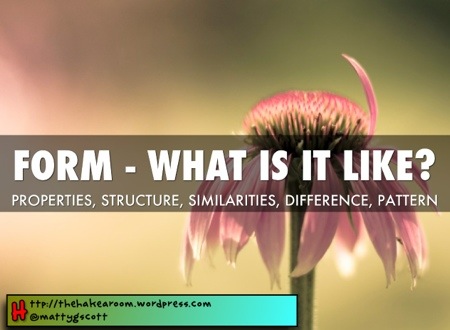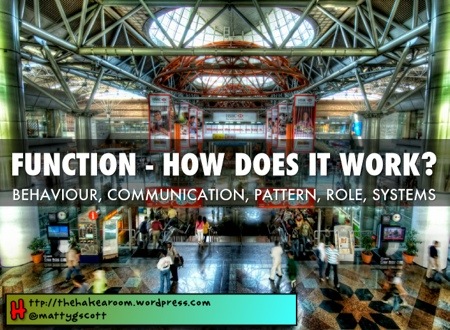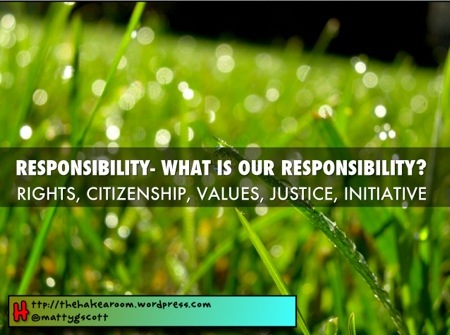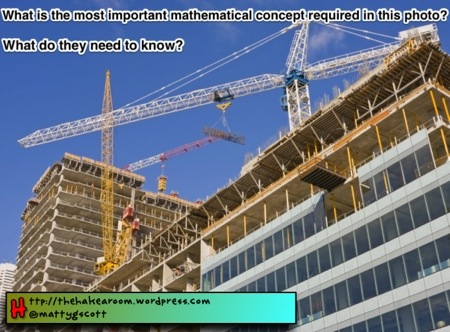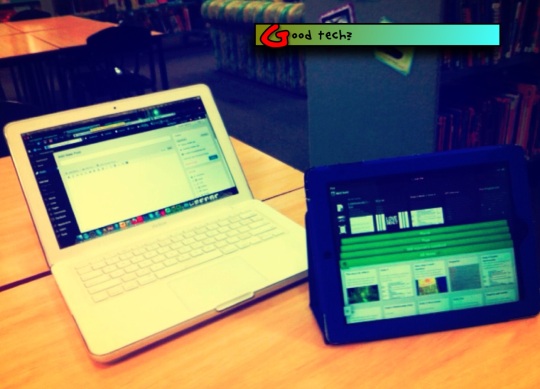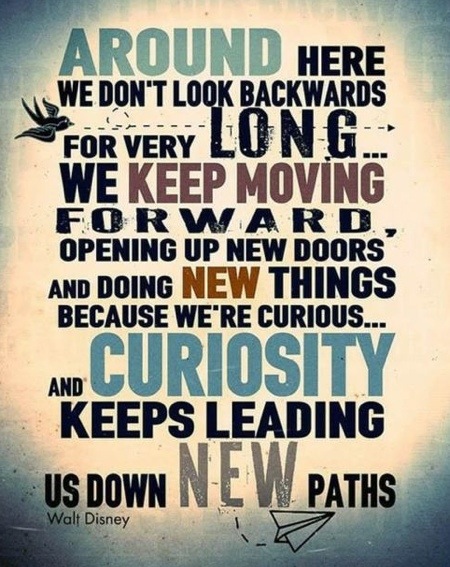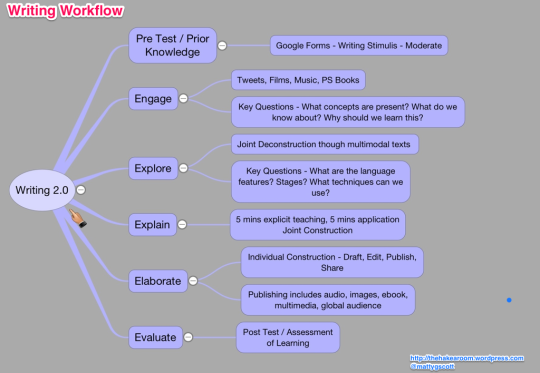What is mLearning?
Mobile Learning is awesome. I thought about it and that is my definition. I was thinking back to the dark ages before mobile learning was ubiquitous, before I needed internet access everywhere and anywhere. The thought is horrifying.
I think the defining characteristics of mLearning is that it changes the way we live. Mobile Learning is about accessing what we need, when we need it.
I think that the most important aspect around this technology is access. In addition to this it engages us with the world around us in a different way, phones, tablets (increasingly portable) allow us to document, reflect and create in real time, in the real world. It is strange to think, how things were before and perhaps more intriguingly where we are going…

After a recent PD on Concept driven learning, I knocked these together using Haiku Deck. Feel free to use. 🙂
What is “good” educational technology?
Subjective question indeed. One of the powerful aspects of good educational technology is that it personalises learning, so it is with the the above question, my response to what makes good technology is based on my needs as a primary teacher in a 1:1 iPad setting, and I am sure different methodologies suit others depending on their learning contexts (Oliver, 2000). I often reflect on my teaching practice, but this question, got me thinking that perhaps I should spend more time reflecting and evaluating the educational technologies that I am using (Oliver, 2000).
For me there are several key elements that need to be addressed if a technology is to be deemed good. By good, I define it as being relevant to the real world. Good technology should enable students to connect with, share and learn from the world around them. It is authentic, based in real life settings and encourages global empathy (Herrington, 2001). Using Blogging, Skype, Twitter are all examples of this ‘openness’ that can be achieved through good technology.
In addition to global connectivity, good technology should scaffold creativity. Technology should go allow students to create new products, new ways of sharing their learning and in affect redefine their the way in which they learn. (Blooms, 1956 & Puentedura, 2006). Technology should enable students to create products with digital tools, that they have been familiar with for years (Prensky, 2001). – Rather than just consuming information, the real power of technology in eduction comes in when students are creating content and or reflecting on their learning. Using apps like Evernote, Explain Everything and iMovie provides students with an opportunity to have ownership over their learning and also create content that is subject rich and paints a more comprehensive picture of student understandings.
There are more considerations of course, but these are the ones that came straight to mind. However as I post this, I am still evaluating my opinions and perhaps at the end of this unit my thoughts will have changed?
@mattygscott
“We keep moving forward, opening new doors, and doing new things, because we’re curious and curiosity keeps leading us down new paths”. – Walt Disney
My masters degree has started. The 18 month journey has begun. My first few weeks have taught me a few things already. What struck me the most, was how prepared I needed to be. I am learning that University learning and real learning are perhaps two very different things.
My Uni work is pre planned, my assessments are mapped out well in advance, my readings are full of important words with a far simpler message. It is an interesting conundrum. I recognise the need for university to be structured this way, particularly off campus modes of study. What I find intriguing is the model of learning couldn’t be further from what I am promoting and planning as a primary school teacher. Could I plan my year, my assessments and my reading material before meeting my students? Of course not, not if I wanted to be at all effective.
So I am stuck. I find the further in advance I read and plan my Uni assignments, the more effective I am as a Masters student. The flip side of that is that as a teacher, I find myself doing the complete opposite. I plan at the most a few days ahead and structure my learning around students motivations and prior knowledge. It’s amazing how two forms of education can be polar opposites.
The one similarity is the need for curiosity. All students need to have this crucial attitude in order to be successful at school and in life. Whilst my teaching at school and learning at Uni are both different, the one pivotal factor is curiosity. I am passionate about both. This revelation about my learning reinforces the view that attitudes for learning are so important. That in preparing students for their future, we need to teach them how to develop and use curiosity. As an adult, I need to remember that.
Photo credit: http://www.tumblr.com/tagged/quotes
@mattygscott
An attempt to put into diagram my approach for teaching text types in writing. A work in progress, like all good things.
Thoughts, Ideas?
@mattygscott
